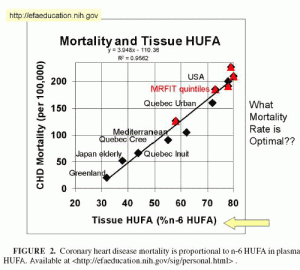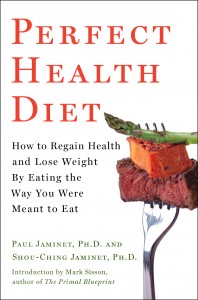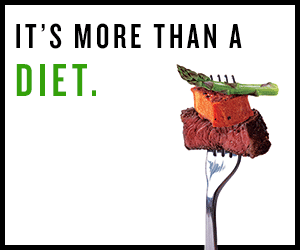Recently, an 88-year-old Chinese woman was brought to the emergency department at New York University’s Tisch Hospital by her family. She had been lethargic and unable to walk or swallow for 3 days. [1]
She had been eating 2 to 3 pounds of raw bok choy daily for several months in the hope that it would help control her diabetes, and the bok choy had poisoned her thyroid. In addition to coma, her symptoms included low body temperature (36 C), a shrunken thyroid, dry skin and coarse hair. Her life was saved by high doses of intravenous thyroid hormone, but she still needed four weeks in the hospital before she could be moved to a nursing facility.
Remarkably, but not surprisingly in light of how little publicity is given to the dangers of plant toxins, her family wanted to keep feeding her raw bok choy in the hospital! [2]
This episode is a timely reminder that most of the toxins in our bodies come from the plant foods we eat. Plant toxins can be quite dangerous.
For good health, exposure to plant toxins should be minimized by:
- Cooking most plant foods other than fruits and berries, which are relatively non-toxic. The heat of cooking destroys many toxins, and renders many others more digestible.
- Diversifying plant food sources. Don’t eat too much of any one plant; rather try to eat modest amounts from many different species. Live by the toxicologists’ rule, first formulated by Paracelsus: “The dose makes the poison.” If you keep the dose of any one toxin low, it will not poison you.
- Eliminating the most toxic foods. These are grains; legumes; oils from grains, legumes, and seed crops; and fructose sugars.
The Paleo principle – it’s healthiest to eat like a caveman – is a good guide to low-toxicity eating. Paleolithic peoples gathered a wide variety of plants – hundreds of species – and did not eat the Neolithic agricultural crops. Agriculture needs plants that produce an abundance of calorie-rich seeds, but these are precisely the plants that load their seeds with high levels of toxins to discourage herbivores.
Eat like a caveman, and stay out of the hospital!
[1] Chu M, Seltzer TF. Myxedema coma induced by ingestion of raw bok choy. N Engl J Med. 2010 May 20;362(20):1945-6. http://pmid.us/20484407.
[2] http://www.aolhealth.com/2010/05/20/too-much-bok-choy-puts-88-year-old-in-coma/.












Recent Comments